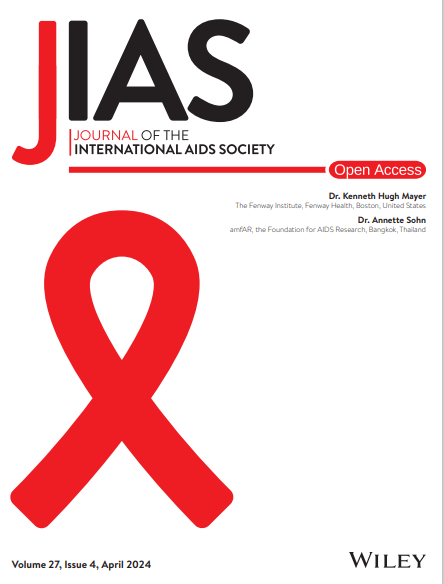Aligning HIV treatment and hypertension clinic visits and dispensing as a first step towards service delivery integration in South Africa
Abstract
Introduction
Global and national guidelines recommend the integration of care for HIV and other chronic conditions to improve individual and public health outcomes. South Africa's differentiated service delivery (DSD) models extend beyond HIV care, relying on pickup points that also distribute hypertension (HTN) medications. We assessed the alignment between antiretroviral treatment (ART) and HTN medication collection visits and dispensing intervals as an indicator of integration progress.
Methods
The AMBIT project conducted a SENTINEL survey across 18 public clinics in three South African districts between September 2022 and April 2023, enrolling adult clients ≥ 6 months on ART. We recruited up to 180 clients across each model of care: conventional care-not DSD eligible (conventional-not-eligible); conventional care-DSD eligible but not enrolled (conventional-eligible); facility- (FAC-PuP) and external (EX-PuP) pickup points. Healthcare interaction data were extracted from paper and electronic sources for clients with a 12-month observation period. We analysed both self-reported alignment and actual visit data. We estimated the number and proportion of HTN visits aligned with ART dispensing. Log-binomial regression estimated adjusted risk ratios (ARR) to assess the association with a higher visit burden (> 5 interactions).
Results
Of 724 enrolled, 644 (90%) client records were successfully linked (76% female; median age 42; 15% Conventional-not-eligible; 17% Conventional-eligible; 18% FAC-PuP; 28% EX-PuP). Among these, 85 (13%) with HTN (81 self-reported, 4 from medical records), self-reported 94% and 95% aligned facility visits and medication pickups, respectively. Visit data was retrieved for self-reported HTN diagnoses. Of 477 visits for HIV/HTN comorbid clients, 83% (395) dispensed both ART and HTN medication, and 97% had aligned dispensing durations (Conventional-not-eligible 97%, Conventional-eligible 95%, FAC-PuP 98%, EX-PuP 100%). Comorbid clients had a similar visit burden to ART-only clients (ARR 1.05, 95% CI: 0.80−1.39). FAC-PuP (ARR 0.55, 95% CI: 0.40−0.78) and EX-PuP (ARR 0.75, 95% CI: 0.57−0.98) clients were less likely than Conventional-E clients to have high annual visit burden.
Conclusions
Aligning medication visits and dispensing for HIV and other chronic diseases marks an initial step towards integrated service delivery. Our results demonstrate achievable medication visit alignment without increased visit burden for comorbid clients and those in DSD models, suggesting that HIV-HTN integration is feasible within DSD models, matching client preferences for comprehensive care.


 求助内容:
求助内容: 应助结果提醒方式:
应助结果提醒方式:


